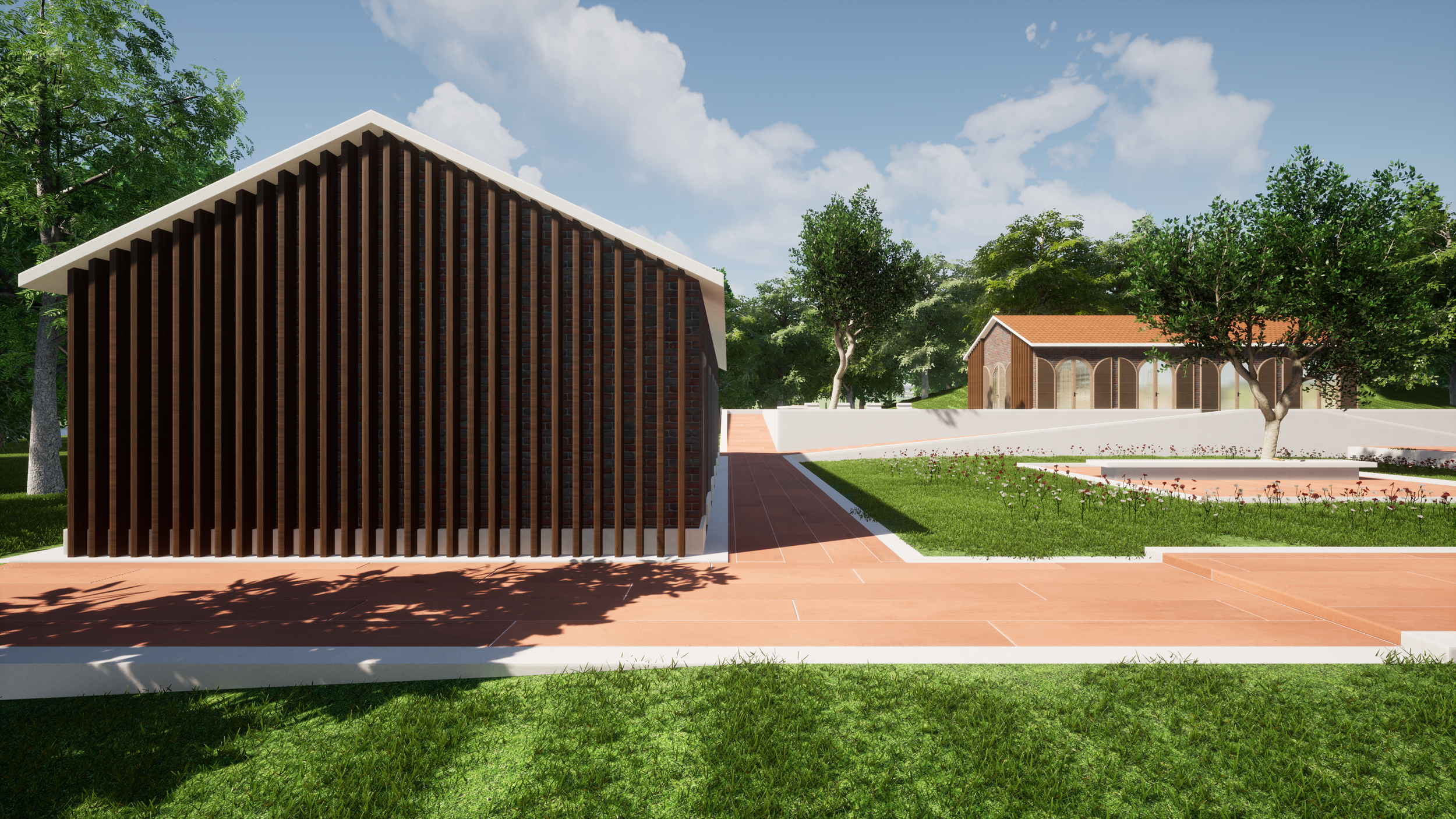How much will a construction project cost?
A few key decisions will influence the cost of the project substantially. but in order to price a project accurately, a contractor will require a bill of quantity or material list along with technical drawings that show the technical solution of the project.
A few key points influence the final project cost, such as the site topography, building system availability, finishes, custom design elements and floor plan layout.
Building on a flat site, using a widely available construction system, standard finishes, typical building details and a less open floor layout will result in lower costs.
An estimate received at the end of the schematic design (SD) phase will only be a general overview and will not be detailed. The reason for this is that the SD phase only has a limited series of drawings and the technical solution is not fully defined.
By technical solution, we refer to the construction system (overall structure and foundation), wall and floor enclosures, roof structure type, and any earthworks necessary.
If the project uses standard building methods, then a contractor can give an estimate based on experience. This is very valuable moving forward, as it gives an idea of how much the project will cost at an early stage. This cost will include a rough estimate of materials cost and labor necessary for the project.
However, if the project has an atypical design and uses complex features that require detailing, then pricing it this early becomes very difficult. More information will be necessary to create an estimate for a complex design.
The design development (DD) phase focuses on defining the entire technical solution and the majority of drawings. Based on that the bill of quantities is extracted.
The bill of quantity (BoQ) is a complete list of all materials and construction elements used in the design, broken down by segments.
BoQs will be submitted by each project designer individually. To develop this idea further, if the structure is designed by an engineer, then all BoQs related to the structure will be submitted by the engineer, while the architect submits the bills related to the architectural project.
BoQs generally contain the structure (both foundation and overall structure), wall, roof, and floor enclosures materials, doors and windows, lighting, plumbing, and HVAC fixtures.
The bill of quantity will offer the contractor a clear understanding of all materials involved and, along with the technical drawings, will be used to produce the final quote for the works.
Example of door and window schedue: contains all the doors and windows in the project, their IDs, their location, dimensions, along with general information about typology and materials.
Example of materials list: all the materials used, along with the quantity (in square or cubic) and general information.
Example of a framing schedule for the wooden structure: all elements,positioning and dimensions.
Example of electrical schedule: all fixtures, from lighting to outlets along with information.
These are examples taken from the Contemporary Estate project (based in the US). Everything written above represents the standard practice of arriving at the final price, but there are projects where this structure is not ideal. If the project deadline is shorter due to realistic constraints, and the DD phase will be long, then it is possible to move up drawing the BoQs in order to accommodate. This is generally done using a specific process. First, the project will use standard construction techniques from the SD phase as much as possible. This streamlines the workload. Second, the SD phase will be expanded to focus on additional aspects and the DD phase narrowed in scope to focus on a quick extraction of the list. Once the list is extracted, the project process resumes as normal.
It’s important to note that there are limitations to this approach and there is a risk of the list not being completely accurate and reflecting the project at the end of the CD phase. The advantage of this approach is that the client can kick off the project faster and on a tighter schedule. But it is essential that everyone be flexible and communicate to make sure that any changes are done in a controlled manner and do not end up affecting the final project. It’s also important to note that the process outlined is for small and medium-sized residential and commercial projects. The process remains the same but will have to be scaled up in the case of more complex projects.
If you are on a controlled budget, here are the key areas to look into for keeping costs under control:
Topography and soil conditions
The flatter the site, the cheaper it is to build. A flat site with great soil will streamline the foundation to something very common and simple. A basic slab on grade can work in almost all conditions, and even basement constructions become simpler. Steep sites pose specific challenges and will lead to increase labor and materials costs.
Building system availability
Using a construction system that is common in the region will ensure that labor costs stay down and will help with construction times. There are 3 major construction systems used today: wooden frame, concrete structure, and steel frame (names will vary based on location). Every location generally has one of these which are widely used. For example, normally, a wooden frame is cheaper to use in North America than a concrete structure. But in South-East Europe, concrete is much cheaper to use than wooden frame. The structural system choice will depend on several other factors as well, such as height, layout, etc.
Finishes
Expensive finishes cost more and require special detailing to use, which increases design, labor, and material costs. Material prices constantly fluctuate, so this will have to be checked at the time of design. Some finishes will always be expensive, such as large natural stone slabs. But the finishes market is highly dynamic and always coming up with new solutions.
Custom design elements
These are special details that are not standard but require some additional work to get right. Without the required background, these will not jump out. But they can be time-consuming to implement, leading to additional labor costs, from a time and expertise point of view. The architect will prepare detailed drawings for these as part of the CD package and then the contractor will implement them based on the provided drawings.
In this example, we have a brick wall on which we layer a series of wooden beams, connected to a stone sidewalk and a pitched roof.
Firstly, the beams need to be attached to the wall and waterproof at the side, to make sure no infiltration happens. Next, the bottom should have a light slope so water does not accumulate at the bottom. The roof connection also needs to be thought out, so the visual effect is continuous. Finally, there are 2 materials used on the sidewalk, so they need to be properly connected.
To everything mentioned we also add the standard work of the brick wall, foundation, slab, insulation, and roof finish. The wooden elements also need to be cut to specific individual sizes to fit in with the roof. This design can be very complicated to implement and will require additional work to get right.
Floor plan layout
Two aspects influence this: the overall size of the house and the layout of the rooms. The larger the project the more work to both design and build. Regarding the floor plan, the more open the layout, the more complex the structural system will be. In this case there is a balance between the structural system and the floor plan. The wooden frame can be affordable but very limited in terms of spans, at least for standard elements such as 2x12 or 2x10, with spans of around 5 meters or 16 feet. Concrete allows for larger spans because the individual elements can be dimensioned to custom sizing, but this stops being economical after 10 meters or 30 feet. Steel combines the advantages of fast building times with the ability to have spans of 3.5-16 meters or 12-20 feet. Keep in mind that this is a very general overview and doesn’t factor in custom sizing or hybrid systems.

